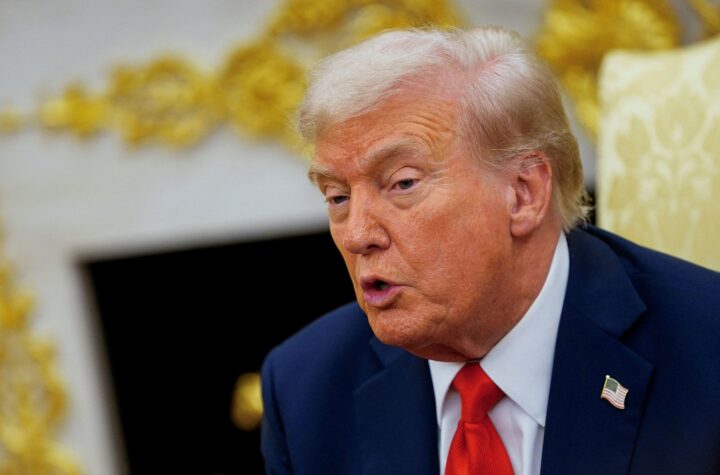According to a US-based survey, Prime Minister Narendra Modi is the most popular leader in history for a second straight year.
According to research by the US-based global leader popularity tracker “Morning Consult,” Prime Minister Narendra Modi is the most-favored leader in history for the second year in a row, with a 78% favourable rating among adults in India.
Prime Minister Modi has a 78% approval rating, followed by Mexican President Andres Manuel López Obrador with 68% and Swiss President Alain Berset in third place with a 62% rating among the 22 leaders polled by the research center.
According to the research, over 18% of Indians oppose the notion that PM Modi is the most well-liked politician in the world.
American President Joe Biden and Canadian Prime Minister Justin Trudeau each scored a 40% favorability rating, placing them seventh and ninth on the list, respectively, while UK Prime Minister Rishi Sunak came in at number thirteen with a 30% favorability rating.
On May 2, 2020, PM Modi’s favourable rating reached a high of 84%. On May 7, 2021, when the second wave of COVID-19 reached its height throughout the nation, his favorability rating was at its lowest, standing at 63%.
The most recent popularity ratings are based on information gathered by Morning Consult between January 26 and January 31 of this year. Based on a seven-day moving average of adult citizens in each nation with varied sample sizes, approval ratings are calculated.
More than 20,000 global interviews are carried out daily by Morning Consult. All of the surveys are done online with adult samples that are nationally representative. The sample in India is typical of the country’s literate population.
Each country’s surveys are weighted according to age, gender, area, and, in some cases, educational divisions based on authorised governmental bodies.











More Stories
Trump urges House Republicans to back release of Epstein files
Government Weighs Financial Support for Jaguar Land Rover Suppliers Amid Cyber-Attack Fallout
Trump Moves to Oust Fed Governor Lisa Cook, Sparking Legal and Market Turmoil